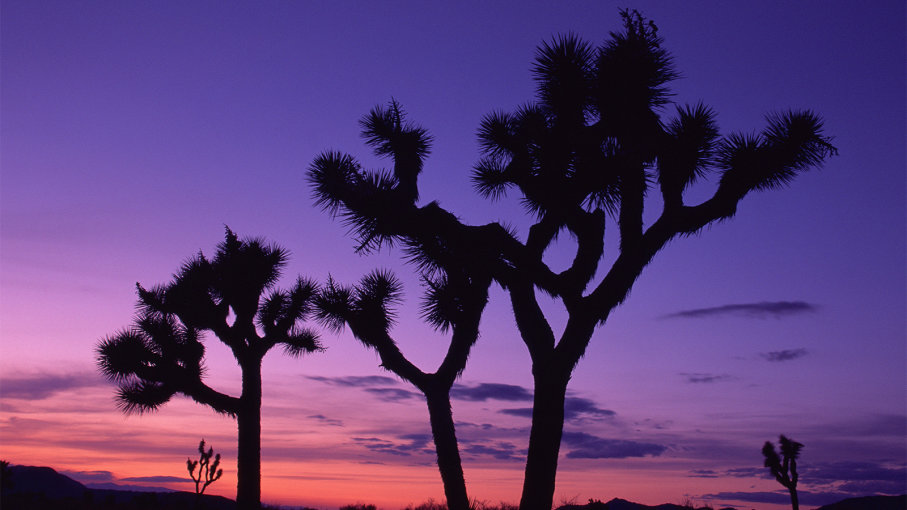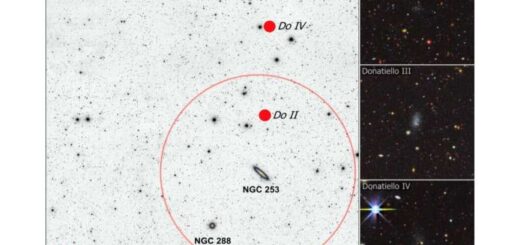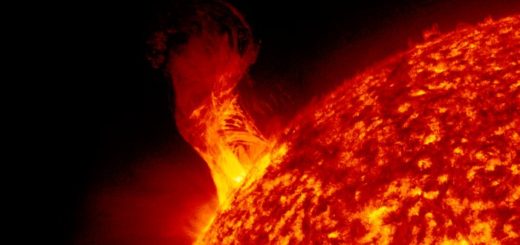The Iconic Joshua Tree Is in Danger of Extinction

Joshua Tree isn’t just the name of Southern California’s iconic national park, and U2 fans may argue otherwise, but these amazing trees are also much more than just the inspiration for the band’s Grammy-winning fifth album. The Joshua tree is actually a spike-leafed evergreen that only grows in the Mojave Desert in the Southwestern U.S. And according to a new study, these majestic trees could become a thing of the past if climate change predictions pan out.
The study, titled Congruence between future distribution models and empirical data for an iconic species at Joshua Tree National Park, was published June 3, 2019, in the journal Ecosphere, and offers insight on almost 4,000 trees in the park. Because Joshua trees can live for up to 300 years, researchers were able to assess where the oldest trees continued to thrive during periods of extreme heat and drought. By comparing the trees’ ideal conditions to projections of the park’s future landscape, researchers discovered that just 19 percent of the park’s Joshua tree habitat would survive after the year 2070.
“This research was meant to assess changes in the communities of plants and animals within Joshua Tree National Park,” says the study’s lead author, Lynn C. Sweet, Ph.D., a plant ecologist at the Center for Conservation Biology at the University of California, Riverside, in an email interview. “We have been working with NPS [National Park Service] biologists to set up and design the experiment. The immediate goals have been to see if there have been shifts due to changes in climate that have already occurred, and to model what the future might look like for these plants. Ultimately, we want to give the park very specific information about how the communities are changing so that they can manage the natural resources in the park.”
To collect the necessary info, Sweet and her team relied on a variety of contributors and technological tools, assessing changes in where new trees are occurring in the park using first-hand, on-the-ground data. “We used community scientists — volunteers — to count the numbers of Joshua trees in certain areas spread across the park,” she says. “We measured over 4,000 trees. We also used computer modeling to look at what types of conditions the Joshua tree likes and where those might occur into the future. For that, we used climate data from climatologists, and information (also from citizen scientists via the iNaturalist app) about where the Joshua trees occur. We used these to project on a map where suitable habitat will be at the end of this century.”
The Path to Extinction
The results were distressing, but not entirely surprising given the irreversible damage climate change is causing around the world. The best case scenario: greenhouse gas emissions will be seriously curbed, limiting the increase in summer temperatures to just above 5 degrees Fahrenheit (3 degrees Celsius), leaving approximately 19 percent of the park’s Joshua tree habitat after 2070. The worst case scenario: Carbon emissions remain high and summer temperatures rise by at least 9 degrees Fahrenheit (5 degrees Celsius), leaving just 0.02 percent of the tree’s habitat to survive to the end of the century. That means we may be putting the Joshua tree on a path toward extinction.
“We found that young trees were occurring more in the upper elevation and northwestern area of the park,” Sweet says. “These areas are cooler and wetter. We found less growth of new trees in hotter, drier locations. This matches with our model, that found that the future areas of habitat for the Joshua tree will be in upper elevation areas. At end of century, possibly this area will only be optimistically 20 percent if not less than 1 percent of the park, if carbon emissions continue unchecked.”
While the future seems grim, Sweet is optimistic in at least one regard: The support and contribution from so many volunteers means there’s at least some participation in the preservation of threatened species. “First, we are so grateful to the teams of community scientists that came out to help,” Sweet says. “Many of them supported the research by signing up for our field team with Earthwatch.org. These folks got a hands-on look at how this science is done, and by being there in the field, seeing the plants and meeting us, I believe they left much better informed but also with more to care about in terms of the perils of climate change. Community (or “citizen”) science is a great way for people to see how science is done and help society benefit from more information about the natural world.”
As for the fate of the Joshua tree, Sweet says we still have a chance to bring it back from the brink of extinction. “By tying the amount of area that might persist for Joshua trees in the park directly to human action — that is the low, moderate and high carbon emissions scenarios (low, moderate and severe climate changes) — I hope people see that the landscape that our children and grandchildren will find in this and other parks will be impacted by the decisions we make now.”



 Creators of mankind
Creators of mankind Description of “Tall white aliens”
Description of “Tall white aliens” Where they came from?
Where they came from? About hostile civilizations
About hostile civilizations The war for the Earth
The war for the Earth “Tall white aliens” about eternal life
“Tall white aliens” about eternal life Video: “Nordic aliens”
Video: “Nordic aliens” Aliens
Aliens Alien encounters
Alien encounters The aliens base
The aliens base UFO
UFO Technology UFO
Technology UFO Underground civilization
Underground civilization Ancient alien artifacts
Ancient alien artifacts Military and UFO
Military and UFO Mysteries and hypotheses
Mysteries and hypotheses Scientific facts
Scientific facts


















